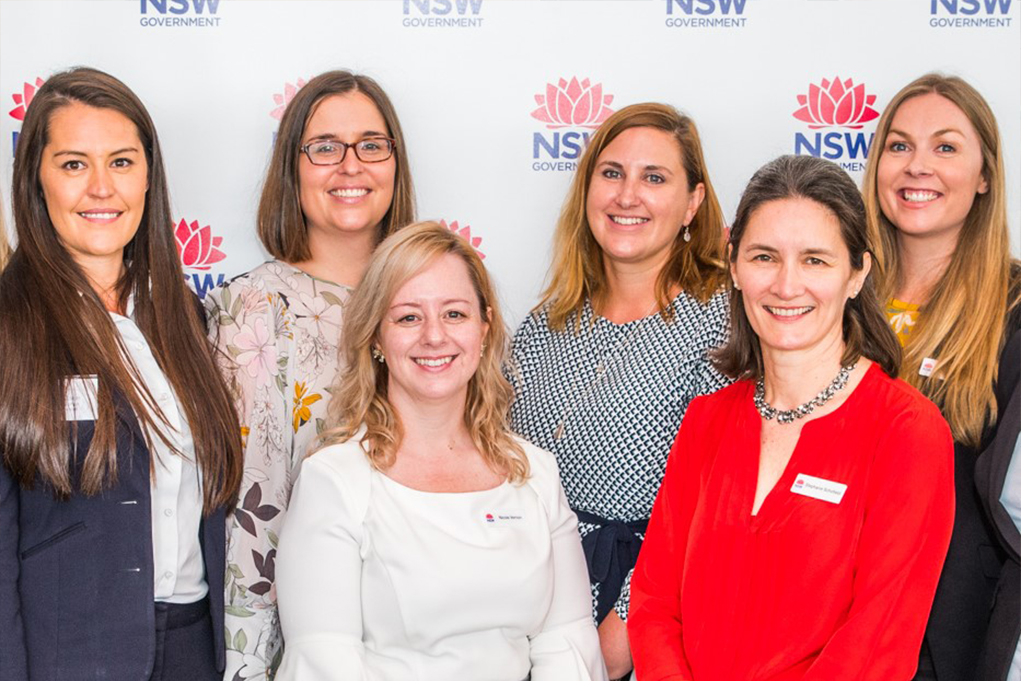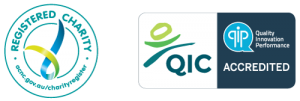NAME
Work Health and Wellbeing Team
JOB TITLE
The team members have expertise in program and project management, communications, business engagement and contracts to name a few. We cover a lot of different skills and topics.
ORGANISATION
WHAT IS YOUR ORGANISATION CURRENTLY FOCUSSING ON IN TERMS OF WORKPLACE HEALTH AND WELLBEING?
We are delivering the 4 year NSW Mentally Healthy Workplaces Strategy 2018-22 across the state. Our vision is to enable NSW employers and workers to take effective action to create mentally healthy workplaces. To do this, we are providing support services available to businesses for free. We have released some exciting new resources and programs including the www.mentalhealthatwork.nsw.gov.au website, an online workplace mental health capability check, free tailored manager training delivered by the Black Dog Institute and WHS advice through Assure Programs for businesses. Free programs are available for sign up on the website here.
WHAT ASPECT OF WORKPLACE HEALTH AND WELLBEING DOES YOUR ORGANISATION DO WELL IN?
We recognise mental health and wellbeing as an integral component of the organisation, and have mentally healthy workplaces integrated into our business plans from the whole of DFSI cluster level down to our SafeWork NSW level. Mental health is a priority within the SafeWork WHS NSW Roadmap, strategic plan, and organisational WHS plans. Staff have embraced wellbeing as part of our culture, and organise fundraisers to support research and raise awareness of mental health initiatives. Steptember is always one that brings out the competitive streaks in some!
SafeWork also offer a range of programs to staff across NSW including ‘fitness passports’, mental health programs, financial wellbeing and ‘get healthy at work’ initiative.
We offer mental health training for managers and workers to help staff support each other and themselves. Our inspectorate also has access to a peer support program to provide them with tailored support for the type of work they do and the challenging situations they can be exposed to. Our high-risk areas of the business have access to regular proactive professional counselling services in addition to our EAP program for all staff.
WHAT IS YOUR BIGGEST CHALLENGE WORKING IN WORKPLACE HEALTH AND WELLBEING?
The NSW Mentally Healthy Workplaces Strategy was launched in June 2018, constituting the largest commitment to mental health in the workplace by an Australian government, with funding of $55 million over four years. The biggest challenge is to deliver an innovative and effective program that can support business large and small, regional and city based. e need to break down the stigma around mental health and ensure businesses understand it is just as important as physical health when it comes to safety.
HOW DOES WAYAHEAD WORKPLACES ADD VALUE TO YOUR ORGANISATIONS HEALTH AND WELLBEING PROGRAM?
We see WayAhead as a partner on our journey to creating mentally healthy workplaces across the state.
We aim to give businesses a variety of options on how to create a mentally healthy workplace, to meet their business size and/or industry. WayAhead Workplaces is an excellent resource for us to keep aware of new developments in mental health and improve the level and variety of information we deliver. As a WayAhead member, we have been able to stay in touch with other services and organisations doing great work in this space.
Mental health is a complex issue with no one size fits all solution, and WayAhead is a great conduit to help connect the dots, raise awareness and provide information and support to all businesses.
HOW DO YOU DEAL WITH STRESS?
Since the launch of the strategy in June 2018, the team have been working hard to get programs available to businesses. It has been stressful and team support has been key. The team are in different offices so we try and make sure we stay connected in person once a week and offer support to each other.
We regularly discuss workloads, have a fair amount of autonomy in our roles and adopt flexible work practices such as working from home and shifting hours to accommodate responsibilities at home.
With the Christmas break coming up we are all taking the time to have a break and refresh for the new year.
WHAT ARE THEY KEY ISSUES AND CONSIDERATIONS FOR PEOPLE IN WORKPLACE HEALTH AND WELLBEING ROLES?
Work health and wellbeing roles are a key element of every organisation. It’s important all staff are aware and updated on organisational policies, processes and support services available to effectively address a variety of work-related issues.
We understand there is not a ‘one size fits all’ option and taking an integrated and consultative approach to health and wellbeing works best for all managers and workers. Most importantly, staff in these roles should ensure they look after their own health and wellbeing too.
HOW DO YOU SWITCH OFF FROM WORK?
With such a diverse team, we had some great responses! Getting active (going to the gym or walking the dog), Arts & Culture (a good movie, dancing or arts class), Socialising (dinner or coffee with family and friends), and some good old fashion relaxing at the beach with a good book.
WHAT IS YOUR BEST TIME SAVING TIP?
Be organised and communicate! We enjoy some exciting and fast-paced work, so good communication within the team and being very organised has really worked. These tips help to balance and streamline our workload by being able to talk to the right people and minimise any duplication of work.
WHAT DO YOU THINK THE FUTURE OF WORK HEALTH AND WELLNESS PROGRAMS LOOK LIKE?
Work health and wellness will be more accessible to staff wherever they work.
With some larger companies already considering relaxation, activity and break-out areas in their workspaces, we expect to see more of this in the future.
Businesses are recognising the benefits of incorporating work health and wellbeing into organisational planning and policy, offering more flexible working options and/or incentives for fitness programs.
With technology today, we hope to see some interesting and interactive developments in this space, where staff in regional or isolated areas can access and join into programs too.



